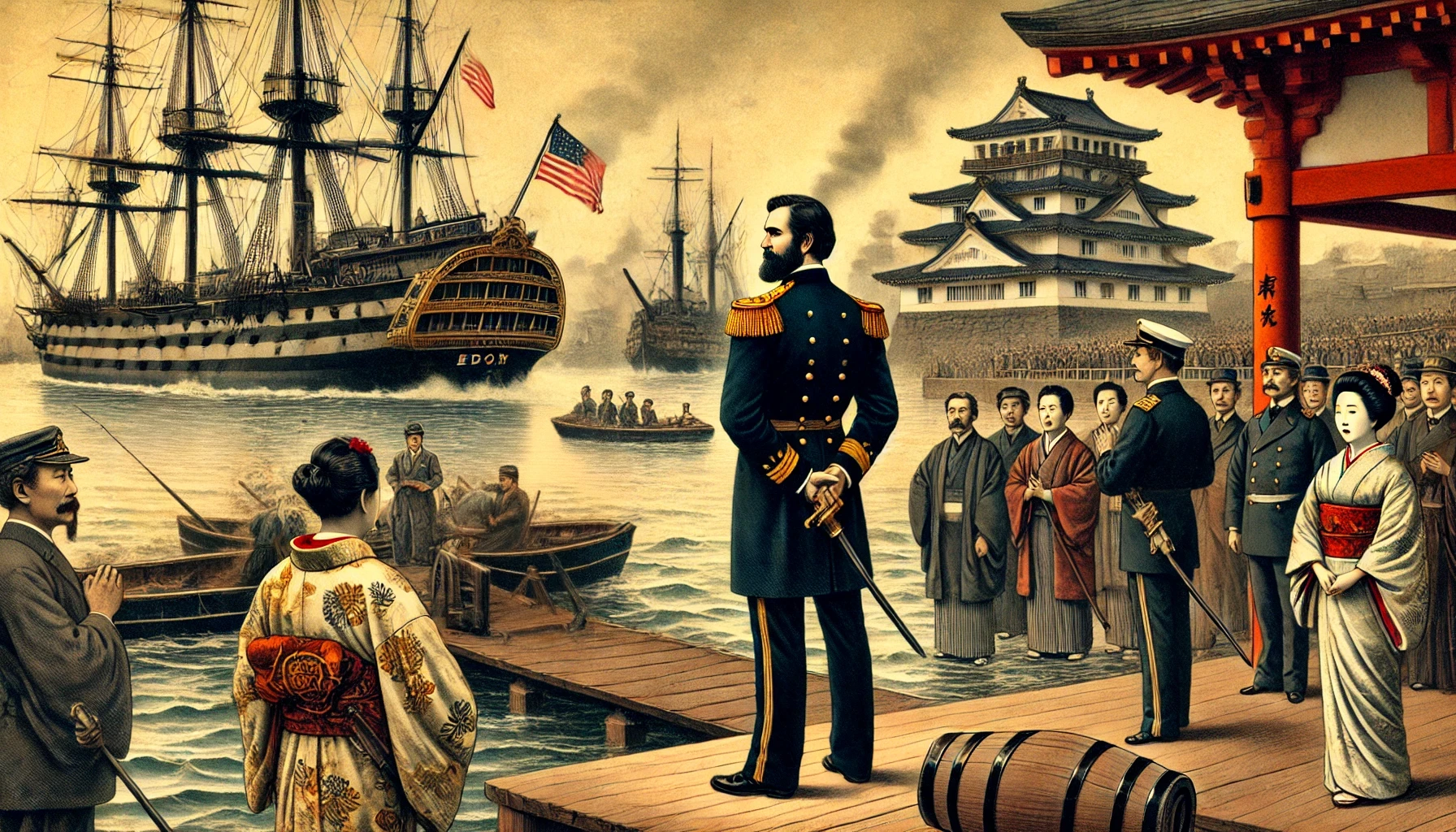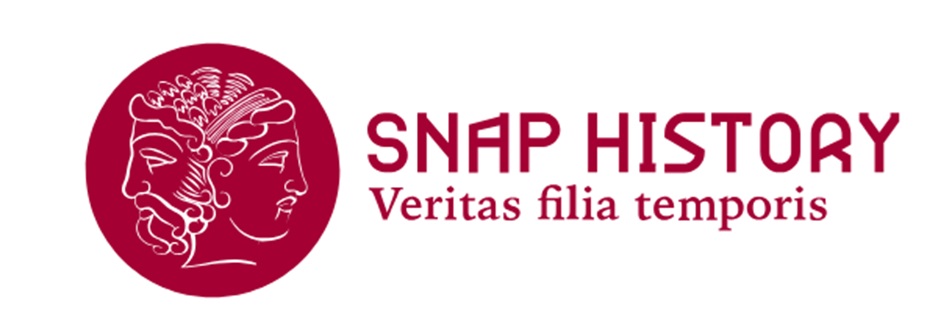The Meiji Restoration
The dawn of modern Japan

The Meiji Restoration was a period of profound transformation in which Japan abandoned feudalism to become a modern industrial power, imitating the development of the West and redefining its national identity - Image generated with AI
In the 19th century, Japan faced profound changes in the political, military and cultural spheres. The military regime of the Tokugawa Shoguns, which lasted 200 years, was characterised by a strongly isolationist policy towards the rest of the world. This period ended in 1853, when Admiral Matthew Perry's American ships arrived in Japan and forcibly forced the Shogun to open its ports to trade with Western powers. The appearance of the American battleships and their technological superiority frightened the Japanese, who gradually decided to open their ports to foreign merchants and travellers.
Following this decision, the Tokugawa shogunate began to lose legitimacy. Its decline was completed in 1868 with the abdication of the last shogun and the beginning of a series of far-reaching political, cultural and technological reforms led by Emperor Meiji. This period in Japanese history is known as the Meiji Restoration, named after the emperor. Among the first reforms introduced was the abolition of the feudal system, with the redistribution of the lands of the daimyō (feudal lords) and the establishment of a centralised government. Japan then adopted an economic and administrative model based on capitalist principles, promoting industrialisation and the creation of a modern infrastructure, such as railways, factories and a postal system.
Another crucial aspect of the Meiji Restoration was the modernisation of the armed forces, which adopted western tactics and technology, such as the introduction of firearms and artillery. Education became compulsory and included traditional values and new nationalist ideals. Internationally, Japan managed to consolidate itself as an emerging power, winning wars against China and Russia and progressively extending its colonial empire. The Meiji Restoration can thus be seen as an example of effective and rapid modernisation, which made Japan one of the first Asian nations to confront the West as equals.
- Britannica, T. Editors of Encyclopaedia. "Meiji Restoration." in, Encyclopedia Britannica, October 28, 2024.
- Jansen, Marius B. The Making of Modern Japan. Cambridge, MA: Harvard University Press, 2000.
- Inumaru, Kazuo. “La Modernizzazione in Giappone e la Restaurazione Meiji.” Il Politico 73, no. 2 (218) (2008): 159–76.
Toniatti Francesco - Docente di Storia e Studi Orientali, Master of Arts in International Relations
2025-09-21
Francesco Toniatti
